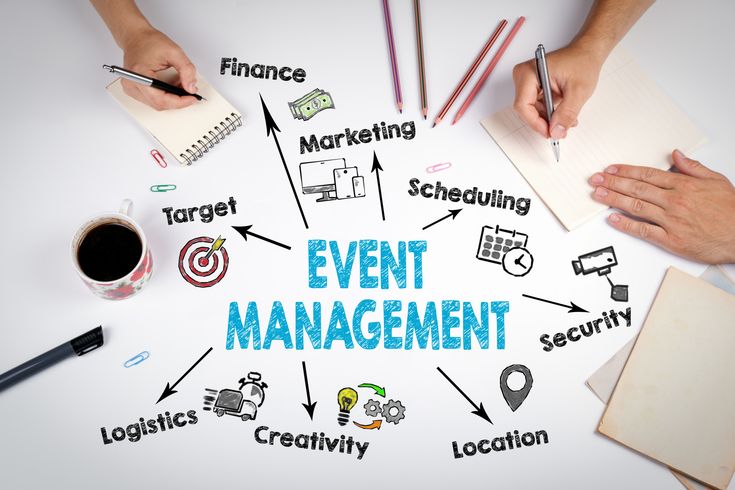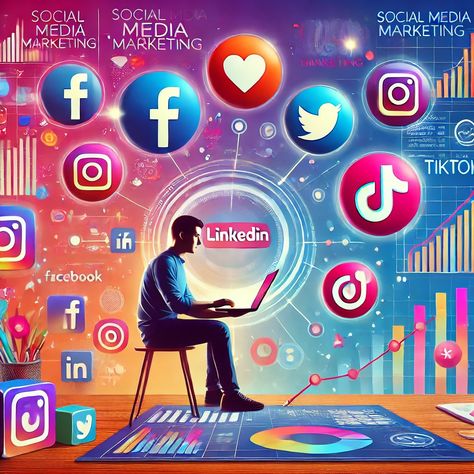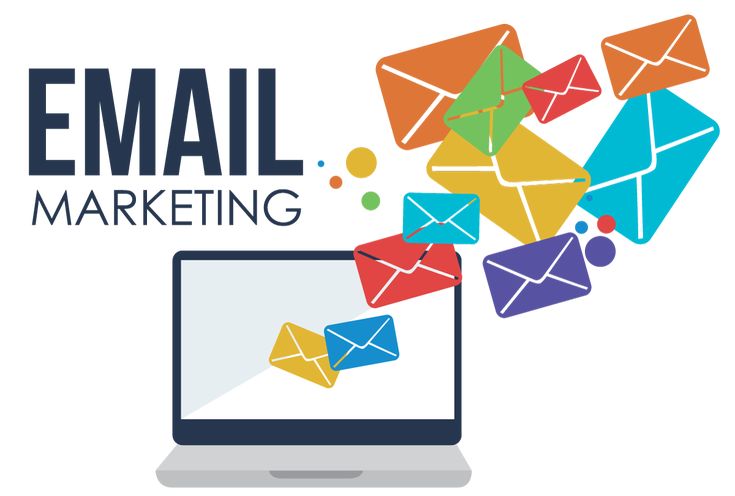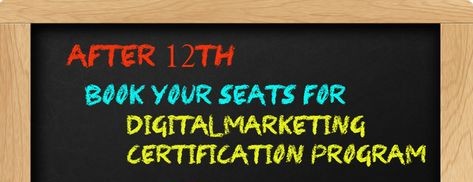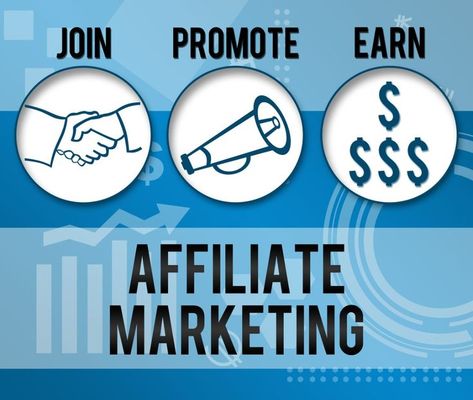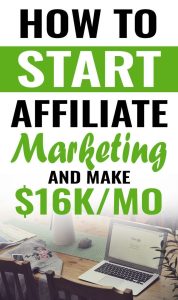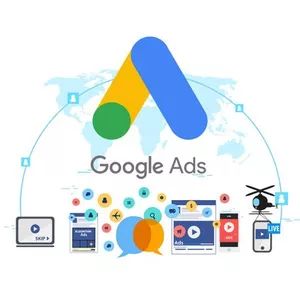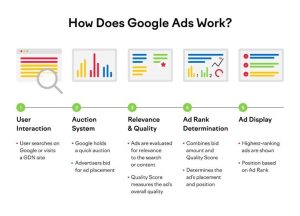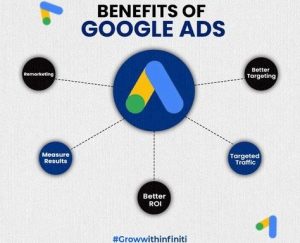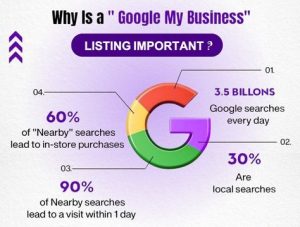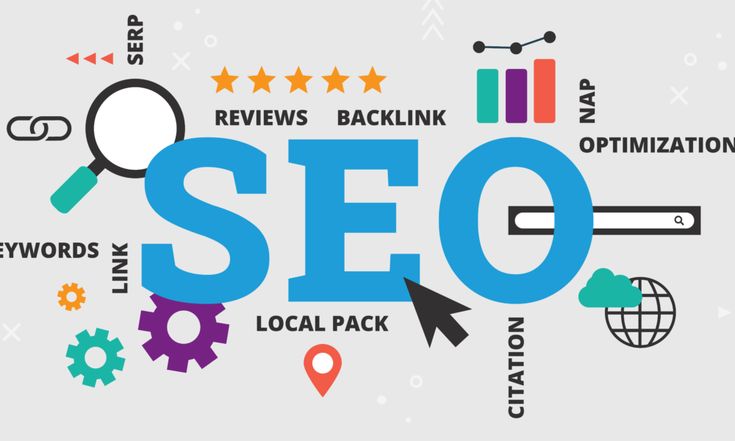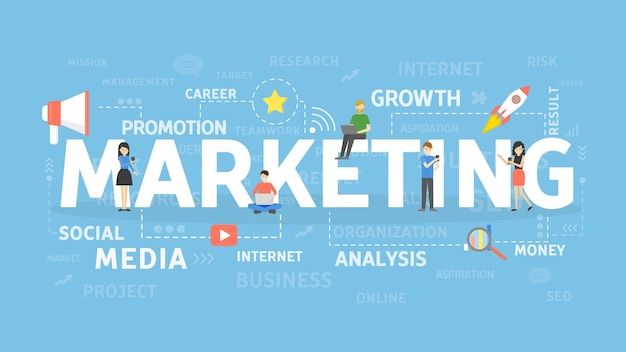What is Event Marketing?
Event marketing is a promotional strategy where brands use live or virtual events to connect with their audience, generate interest, and build brand awareness. These events could be anything — a workshop, webinar, seminar, product launch, fest, or even a networking meetup.
The goal is not just to sell, but to build meaningful experiences that bring people closer to the brand.
Why is Event Marketing So Effective?
Unlike traditional ads, events create emotions. People remember experiences more than just graphics or videos.
Here’s why brands love event marketing:
Builds Real-Time Connection
People engage face-to-face or via live chat. It’s interactive — not one-sided like an ad.
Creates Buzz Around Your Brand
A good event gets shared — photos, stories, hashtags, and reels create organic visibility.
Boosts Trust
When people see a brand investing in real people and real conversations, it builds credibility.
Instant Feedback Loop
You get live reactions — questions, doubts, responses — all in real-time.
Types of Event Marketing
Educational Events
Workshops, masterclasses, webinars. Great for teaching something valuable and promoting services.
Example: A free “Instagram Ads Workshop” by a digital marketing institute.
Product Launch Events
Used by startups and brands to showcase new products or services.
Networking Events
Offline meetups or online community events to connect like-minded individuals.
Experiential Events
Interactive brand booths, live demos, or mall activations. Focus is on experience more than promotion.
Virtual Events
Post-pandemic, webinars, Zoom sessions, and virtual expos have become powerful and cost-effective.

Key Elements of a Successful Event Marketing Campaign
Strong Branding
Every touchpoint in the event — from banners to emails — should reflect your brand identity.
Clear Objective
What’s the goal? Leads, awareness, sales, or community-building?
Strategic Promotion
Pre-event buzz on social media, WhatsApp groups, email marketing, influencer shoutouts — all matter.
Audience Engagement
Games, polls, giveaways, live Q&A, or just fun moments — events should never be boring.
Post-Event Follow-up
Send thank-you emails, feedback forms, special offers, or replay links — keep the relationship going.
Learn Event Marketing in Our Digital Marketing Course in Faridabad
At Gourav Digital Club, our digital marketing course in Faridabad includes hands-on training in event marketing — both online and offline.
You’ll learn:
-
How to plan and promote digital events
-
Real-life event handling experience
-
Tools for webinar marketing & promotion
-
Strategies to get attendees and engagement
-
Post-event marketing & lead nurturing
Whether you want to promote your brand, grow a community, or offer training — event marketing can become one of your strongest assets.
Final Thoughts
Event marketing isn’t just about the event — it’s about the experience you create and the relationships you build. Whether it’s 10 people or 10,000, a well-planned event can turn viewers into loyal fans.
Want to master such high-impact marketing strategies?
Join our digital marketing course in Faridabad and unlock your potential with real-world training at Gourav Digital Club.
